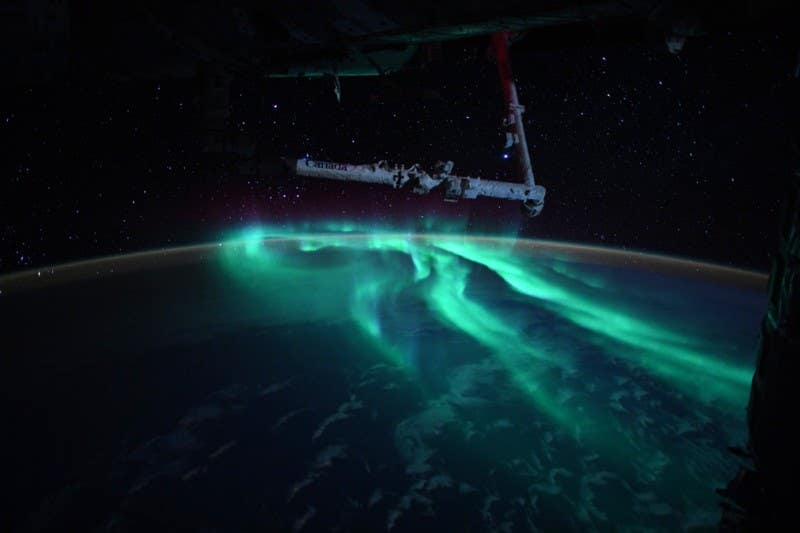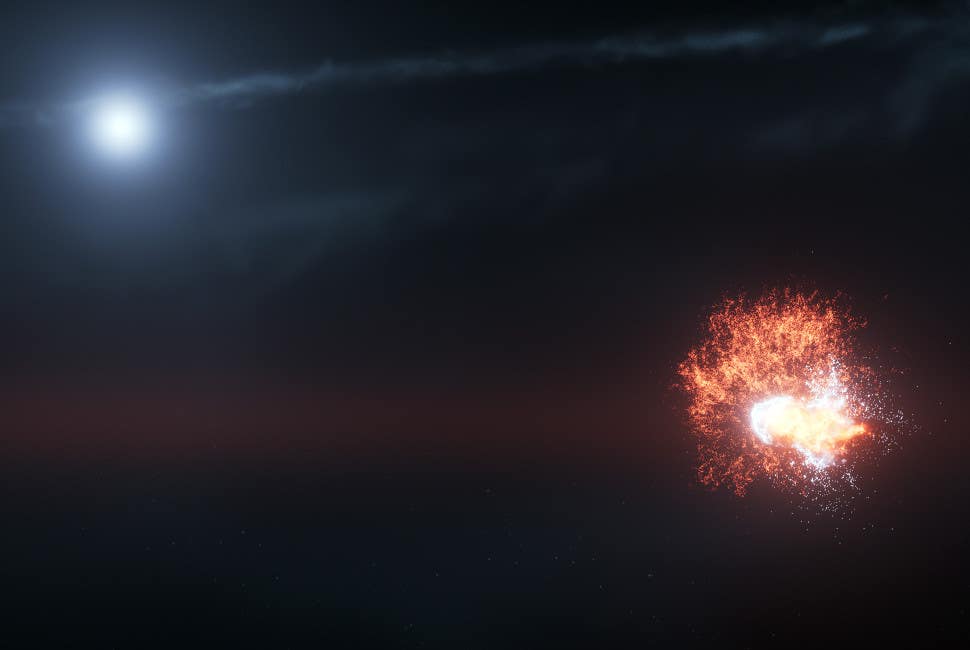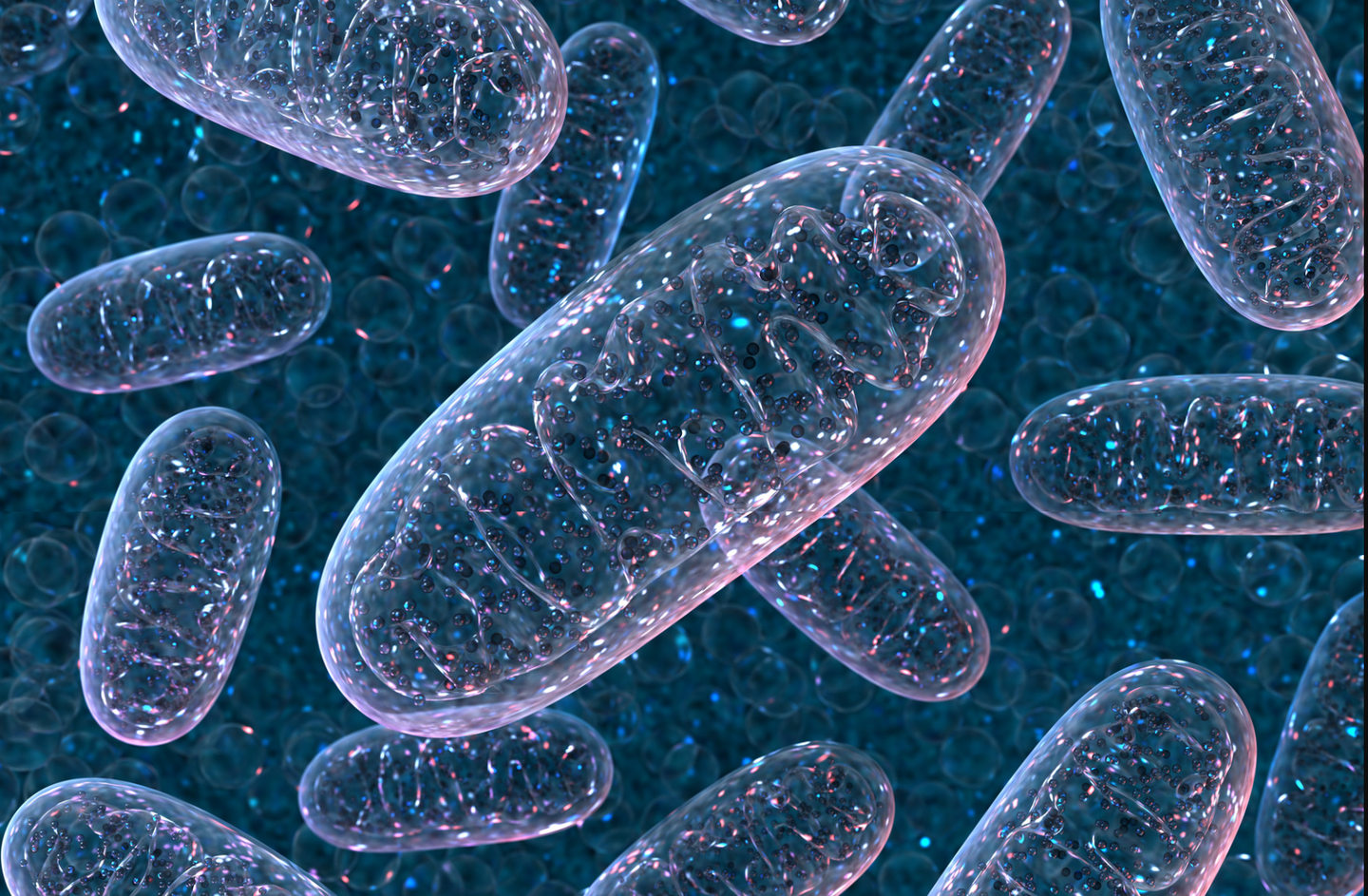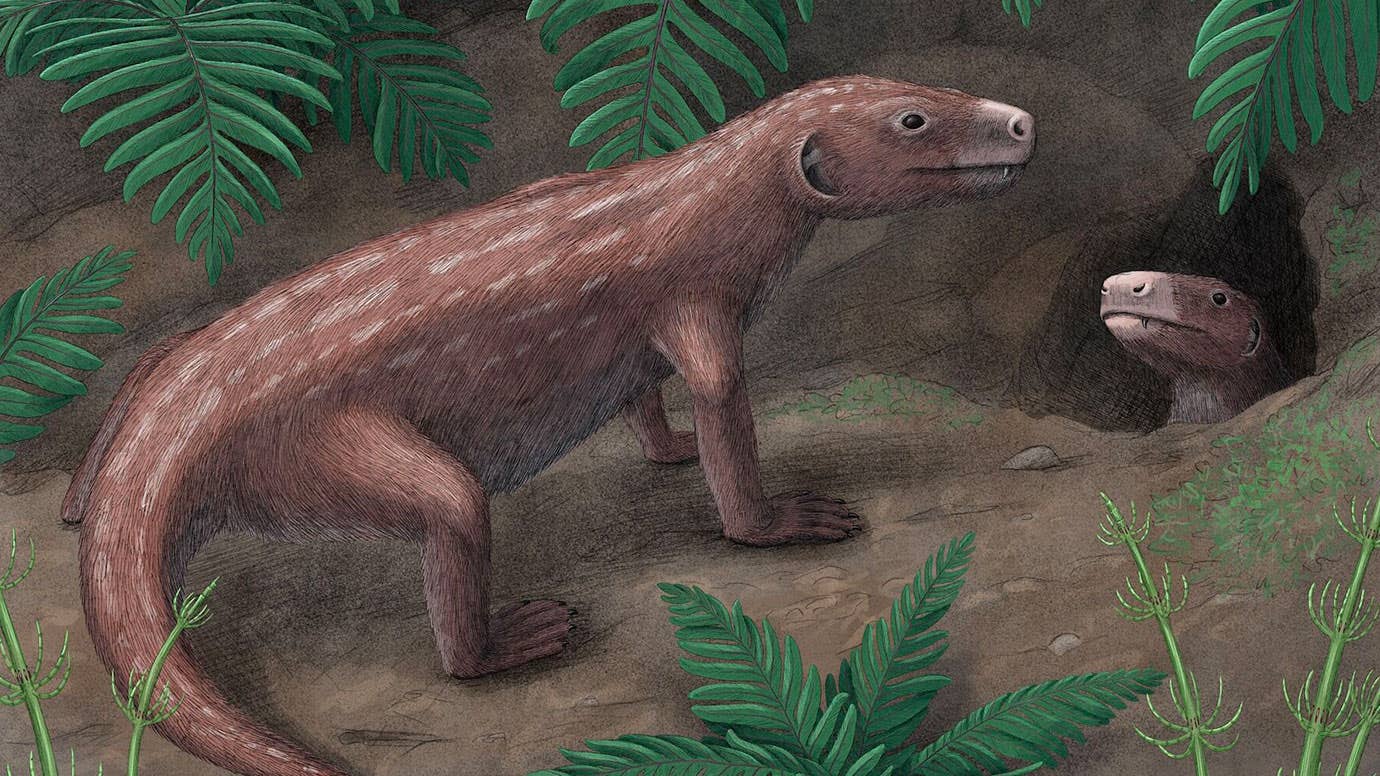Astronaut Captures Photos of Rare Blue Aurora Illuminated by the Moon
Astronaut-photographer Thomas Pesquet recently captured photos of blue southern lights and other spectacular Earth images

[Sept 6, 2021: Jaron Schneider]
Astronaut-photographer Thomas Pesquet recently captured photos of blue southern lights, a rarely seen hue that only happens under very precise geomagnetic conditions.
The southern lights, or Aurora Australis, are visually similar to the more commonly known northern lights, or Aurora Borealis, and are beautiful displays of bright green hues sometimes tinged with red. While other colors have been documented — such as blue, yellow, and pink — they are quite rare.
In this case, Pesquet was able to capture multiple visually striking photos of the aurora australis illuminated by the moon over the southern hemisphere. Pesquet says that it was the latest in a span of a few days where he and the crew of the International Space Station were treated to many occurrences of the natural phenomenon.
“I don’t know why we saw so many in the span of a few days, when I barely saw one during my entire first mission, but these last ones came with something extra,” Pesquet writes on Facebook. “As the Moon was high and bright, it lit up the clouds from above, which created a distinct atmosphere… and almost turned the aurora blue. What’s next, Mother Nature? A yellow one? A giant rainbow?”
As if expecting photographers to claim the color was caused by poor white balance, Pesquet promises that the blue hue is an accurate representation of reality.
“And no, photo techies, the camera balance was set the same as for previous aurora pictures. An aurora under the full moon, what could be better?”
While the blueish, turquoise color of the aurora in Pesquet’s photos might look fake, this particular color has been recorded in the past, but only under extremely specific circumstances making it an exceedingly rare event.
“The main entities responsible for the aurora are monoatomic oxygen (O), diatomic nitrogen (N2), and ionized diatomic nitrogen (N2+). Oxygen emits either a red-orange or a lemon-green glow. N2 emits a deep red glow while its ionized form emits a deep blue/purple glow,” Aurora Borealis Observatory explains.
“As a rule, the colors are set and never change but the three parameters stated above make the colors vary. Sometimes the color limits are quite defined but most of the time the entities mix with currents at different altitudes and create other colors like pink, yellow, emerald-blue, magenta, and purple. During periods of intense geomagnetic storms, you can potentially get a lot of different colors at once.”
Blue, specifically, is synonymous with what Aurora Borealis Observatory says is high geomagnetic activity, which only happens under very precise conditions, making seeing a blue Aurora Australis or Borealis unusual and rare. Charts that illustrate how this might happen can be seen here.
Pesquet’s photos, therefore, show not only a spectacular angle of the aurora when compared to the kinds of photos Earthbound photographers are able to capture but also a highly unusual color.
More stunning photos of Earth also captured by Thomas Pesquet
Snapped from the cupola of the ISS, Pesquet's view of the Earth sees city lights "battle it out" with the light from distant stars. The orange band around the Earth is, according to astronomer Juan Carlos Munoz, the emission of sodium atoms, approximately 90 kilometers above Earth's surface.
There's also a faint green band just beyond it if you squint hard enough -- that's created by oxygen atoms being excited.
Earth and Mars look pretty different from each other. We see Mars as a dry dusty, reddish place while Earth looks blue and green with swirly white clouds. Can planets cosplay as each other? Earth tried.
This might look like Mars, but it's actually a shot of Earth snapped by ESA astronaut Thomas Pesquet. (CREDIT: ESA/NASA–T. Pesquet)
Pesquet had to question where he was in the solar system when he looked out the window of the International Space Station this month and snapped a photo of Earth looking a lot like Mars.
Stunning images stitched together into a video by the ISS crew
In this shot taken over Canada, Pesquet compares the ice formations to clouds. (CREDIT: ESA/NASA–T. Pesquet)
“”
For more international good news stories check out our Global Good News section at The Brighter Side of News.
Like these kind of stories? Get The Brighter Side of News' newsletter.
Tags: #Global_Good_News, #Good_News, #Space, #Space_Station, #Earth, #ISS, #The_Brighter_Side_of_News



